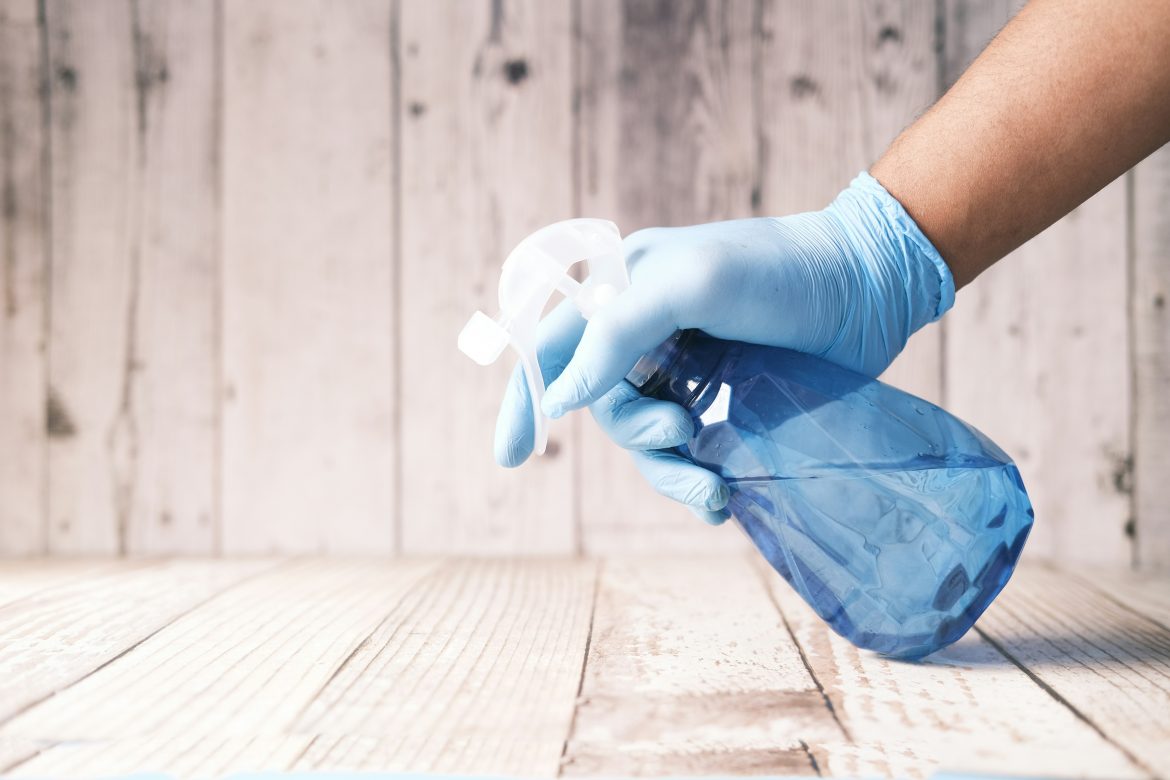It is a powerful cleaning agent, but bleach is not suitable for every surface or material in your home. Here are eight items you should avoid cleaning with bleach.
ALSO SEE: The best way to clean and maintain your mattress
1. Wooden Surfaces
Bleach can damage the finish and structure of wood, causing discolouration and deterioration. Instead, use a mild detergent mixed with warm water or specialised wood cleaners to maintain the wood’s integrity and natural luster.
2. Coloured clothing and fabrics
While bleach is excellent for whitening, it can be disastrous for coloured fabrics. It can cause fading, patchy loss of colour and changes in colour. Opt for colour-safe bleach or gentle detergents designed to clean while preserving the vibrancy of colours.
3. Stainless steel surfaces
Bleach can damage the shiny surface of stainless steel appliances, which leads to dulling and discolouration. Instead, use a mild dish soap (Sunlight works well) and mix it with water.
ALSO SEE: How to clean your microwave easily
4. Rubber seals
Bleach can damage rubber seals in sinks and drains, causing them to lose flexibility and eventually, fall apart. This can cause a plumbing headache. Instead, clean rubber seals with soapy water, scrub stubborn spots with a toothbrush.
5. Leather
Bleach can strip away the natural oils in leather, making it dry and brittle, leading to cracks and discolouration. Use leather-specific cleaners and conditioners to maintain its quality.
6. Plastic furniture
While it might seem like a good option to restore colour to weathered outdoor plastic furniture, bleach can weaken the material over time. Soap water works best in this scenario, too.
7. Mirrors
Bleach can actually leave streaks on a mirror, and cause damage to the backing. Rather go for a commercial glass cleaner or a homemade solution of equal parts water and white vinegar. For extra shine, use a glass or mirror-specific polish.
8. Grout
While bleach is often suggested for cleaning grout, there are safer alternatives. Bleach will only kill the mold on the surface, so instead, use white vinegar which targets the roots.
ALSO SEE:
How to clean the filter of your front loader washing machine
Feature Image: Unsplash

